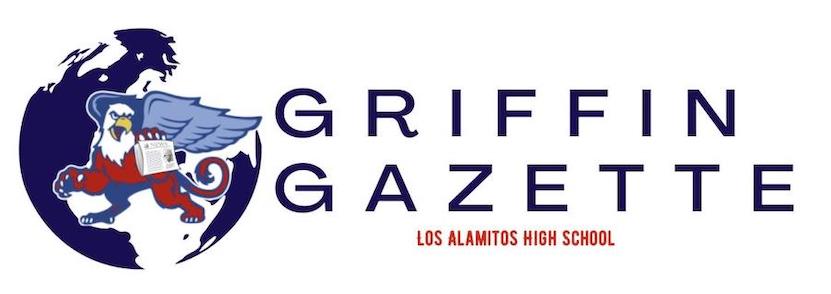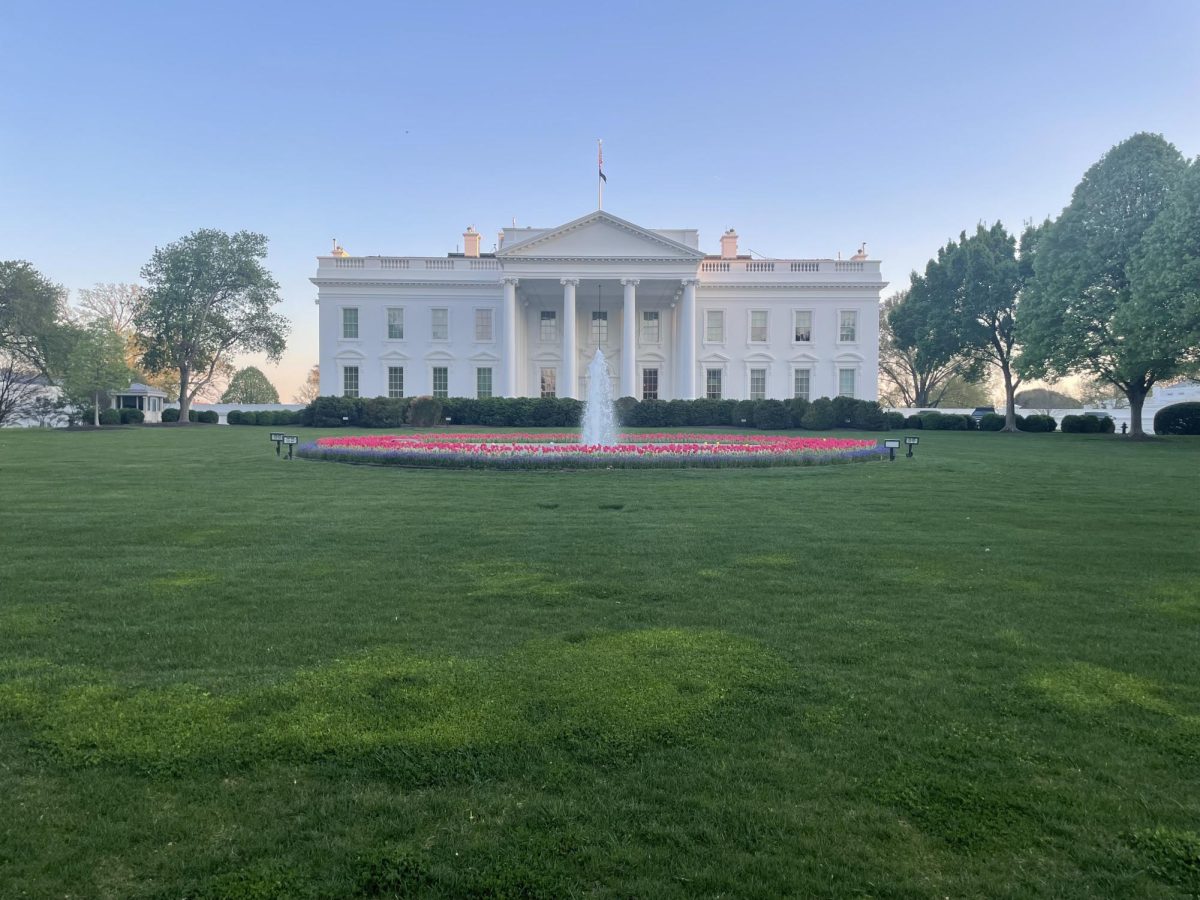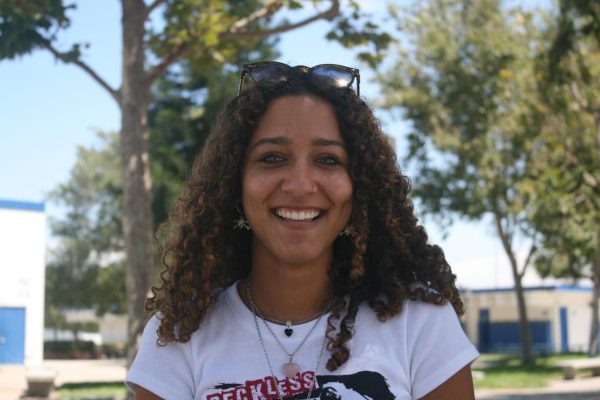LOS ALAMITOS, CA — Severe weather has been battering parts of the U.S., with a massive winter storm moving across the eastern half of the country. So far, 2024 has witnessed three intense storms devastating millions across the country — not the best start to the new year.
The first storm, officially named Ember, began on Jan. 4, when it dropped dozens of inches of snow across the Northeastern U.S. From there, winter storm Finn brought weather alerts to 164 million people and snarled traffic across the Great Plains, Southeast, Midwest, and Atlantic states. Finn led to multiple deaths and kicked the tornado season into high gear, with Gerri, the current winter storm, following a similar path as Finn.
Multiple tornadoes were reported throughout the Southern region, with warnings extending from Florida to Virginia.
A woman died the morning of Jan. 9 when a tornado hit southern Houston County, Alabama. At least 90 deaths have been confirmed as a result of the severe winter weather.
In Tennessee, 36 weather-related fatalities have occurred across the state, confirmed by the Tennessee Emergency Management Agency. City officials in Knoxville estimated that the city spent at least $625,000 responding to emergencies during the storm. A weather warning in Tennessee is usually issued when more than three inches of snow is forecasted, and the storm brought more than eight inches of snow, showcasing the gravity of these storms. As an impact of the winter weather, East Tennessee has seen more snow on the ground since 1910 in a single week — breaking a tremendous record.
Tennessee is not the only state that suffered; however, the storm spurred weather advisories for more than 140 million people and almost 80% of the U.S. experienced subzero temperatures on Monday, Jan. 15, prompting school closures across the country.
“My high school was closed [Monday] due to six inches of snow and ice on the roads,” Hunter Hinkle, a high school senior in Canal Winchester, Ohio, said.
As the frigid temperatures continue to blast through most of the U.S. airports across the country have been experiencing thousands of delays and cancellations. Over 21,000 flights were delayed and 4,700 were canceled throughout last weekend.
“I’m actually trapped in Knoxville because my flight got canceled,” a high school senior from Houston, Texas, said.
Notorious for its vulnerability to extreme weather, Texas had around 26% of its flights canceled last week, both in and out of the state. Many residents were also without power and heat in the state, exacerbating the already difficult week for travelers.
“There’s been so many car crashes and road closures, and stores are empty from people acting like it’s the apocalypse,” the Houston student continued.
The harsh weather is a reminder of the February storm in 2021 that left millions in Texas and other U.S. Central states without water, power, and heat for multiple days.
Furthermore, the unprecedented winter storm hit southeast San Diego on Monday, Jan. 22. causing severe flooding in the city. Freeways closed and houses were damaged as several hours of rain plagued the city. Due to the extreme rainfall and flooding, the mayor of San Diego declared a State of Emergency for the city.
“From what I saw, the damage and the impact was absolutely devastating,” San Diego Mayor Todd Gloria said in a Tuesday press conference, according to FOX 5 San Diego.
Mayor Gloria correlated the storm with climate change and told San Diegans to expect more similar weather patterns to come. The last storm of this severity hit San Diego in the 1930s, eliciting concern for future weather.
What about climate change?
With the recent weather patterns in mind, a question arises: How is climate change affecting winter storms in the U.S.?
On average, winter temperatures are rising, causing fewer record-breaking colds. However, climate change indirectly affects winter storms, making them occur more often and with more strength. Approximately twice as many extreme snowstorms occurred in the second half of the 20th century than the first.
According to the United States Environmental Project, the global average surface temperature has risen at a rate of 0.17 degrees Fahrenheit per decade since 1901. The increasing surface temperatures and reductions in Arctic ice produce an atmospheric circulation that makes winter storm development more prevalent.
Additionally, the warming of the ocean is especially harmful. The warmer temperatures create a contrast with Arctic air as it moves, and the storms feed off of the discrepancy.
“A warmer climate would allow for more evaporation of ocean and lake water, which would increase the water vapor in the air,” Ryan Kittell, a meteorologist from the National Weather Service Forecast Office in Los Angeles, explained.
Global warming provides more water vapor and heat to these storms, allowing them to drop more precipitation either in the form of snow, flurries, hail, or rain.
Moreover, latent heat (the heat needed for substances to change phases) is a key property that allows water to play a major role in regulating Earth’s climate.
“Water vapor is the water source for rain and energy source for storms. As water vapor condenses into liquid rain drops, latent heat is released,” Kittell continued.
The water vapor provides more moisture and the precipitation in turn increases the intensity of the impacts of winter storms. With these conditions, the complicated interactions in the atmosphere produce irregular rainfall patterns.
In the last 50 years, there has been a strong increase in variability in the annual rainfall in downtown Los Angeles. However, there is also noticeable variability from 1880 to 1900, convoluting the climate enigma.
“Ι think this [fact] shows that we can expect a lot [of] variability with very active storm years simply because we have a long history of it happening in the past,” Kittell concluded.
















Katie Arnoult • Feb 1, 2024 at 8:25 am
I love this article! I learned a lot about the current events of this weather, and I love how you were able to get quotes from people living in Texas and other states!
Bella Kim • Jan 31, 2024 at 7:32 pm
Excellent, well-researched article, Olivia! The quotes are great, and you always do such a great job incorporating data and facts from reliable sources.
Victoria Troncoso • Jan 31, 2024 at 12:37 pm
This was a very well written, thought out, and informative piece Olivia, great work!
Ella Suos • Jan 31, 2024 at 12:34 pm
LOVE! LOVE! LOVE! The quotes pulled me in the most!